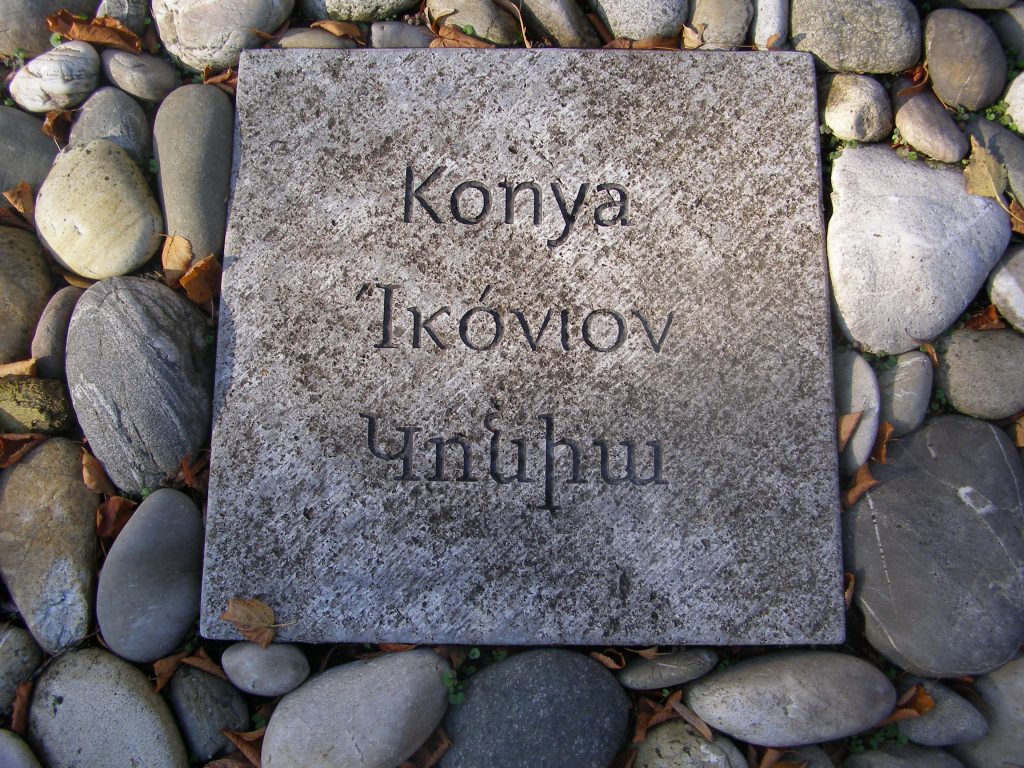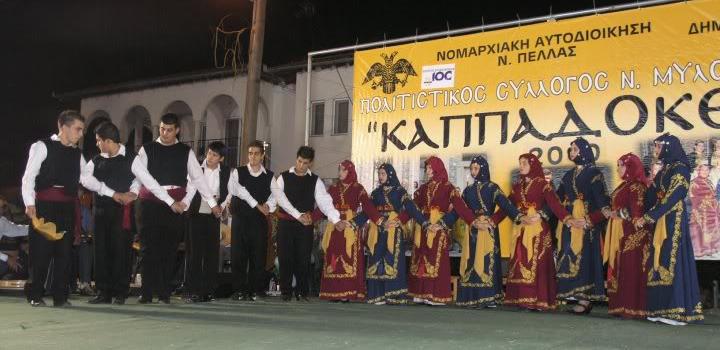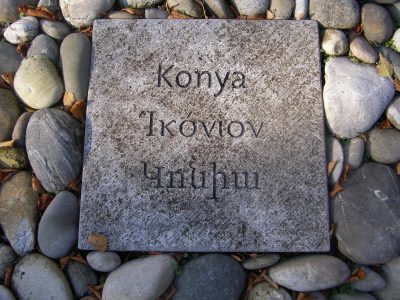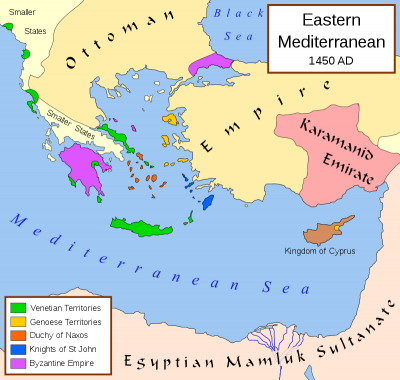
Administration
The sancak of Konya was subdivided into the eight kazas of Konya, Akşehir, Seydişehir, Ilgın, Bozkır, Karaman, Ereğli, and Karapınar.
History
The Konya region has been inhabited since the 3rd millennium B.C. and was ruled by various civilizations such as Hittite, Phrygian, Persian, Hellenistic and Roman ones. Konya was known as Iconium during classical antiquity. In the 11th century the Seljuk Turks conquered the area and began ruling over its Rûm (‘Roman’, i.e. Byzantine) inhabitants making Konya the capital of their new Sultanate of Rum. Under the Seljuks, the city reached the height of its wealth and influence. Following the demise of Rum, Konya came under the rule of the Karamanids, before being taken over by the Ottoman Empire in the 15th century.
Christian Population
On the eve of the First World War, there lived 11,650 Armenians in six localities of the sancak of Konya, maintaining six churches.[1]
“In the city of Konya, where the vali had his seat, 4,440 Armenians lived in the upper quarter known as Allaheddin. There were also nearly 5,000 in Akşehir in the northwestern tip of the sancak, somewhat more than 1,000 in Karaman, in the south, and another 1,000 in Eregli, in the southeast.”[2]
According to 1897 estimations, the sancak of Konya had a total Greek population of 68,101.(3)


